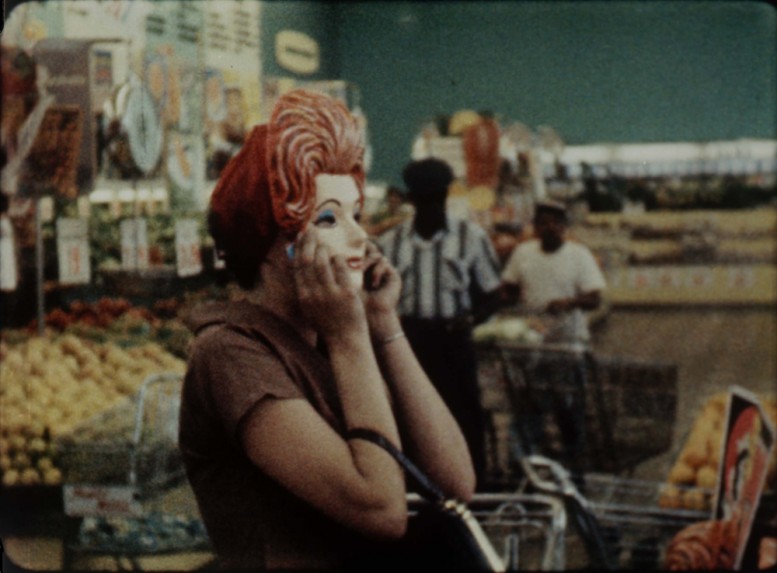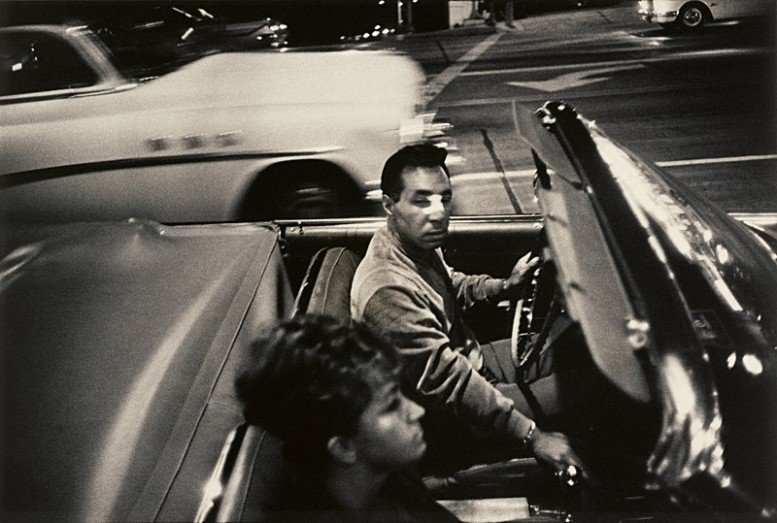Katherine E. Fleming, president and CEO of the J. Paul Getty Trust, today joined more than 50 partner organizations to reveal the mind-expanding exhibitions they will present in the next Pacific Standard Time, Art & Science Collide, opening in September 2024. Grants from Getty for the latest edition now total $17 million, with more organizations to be added as the collaboration grows. Getty also announced plans to make the landmark regional collaboration a regularly scheduled series on a five-year cycle under a new name, PST Art. See all programming here.
Experimental Film in Los Angeles
Los Angeles Film Forum presents Alternative Projections: Experimental Film in Los Angeles 1945 - 1980, an exploration of the community of filmmakers, artists, curators and programmers who contributed to the creation and presentation of experimental film and video in Southern California in the postwar era. This website is the culmination of three years of research into the archives of film venues and organizations, the recording of 35 oral histories, and the creation of a database, the first of its kind, which catalogs the films, exhibitions, organization, and people active during this prolific era in experimental film and video making. Alternative Projections is part of Los Angeles' sweeping exhibition of art in Los Angeles called Pacific Standard Time. Upcoming screenings of note include Strange Notes and Nervous Breakdowns: Punk and Media Art, 1974-1981, a collection of rarely screened performances by punk bands of the era, performance art, and D.I.Y. works by the Screamers, X, Suburban Lawns, Black Flag, Los Plugz, Johanna Went, and more (MOCA Ahmanson Theater, MOCA, 250 South Grand Avenue Los Angeles, CA 90012) on view January 12 at 7 p.m.
In Focus: Los Angeles, 1945–1980
The Getty presents 30 photographs from the Museum’s permanent collection made in Los Angeles between 1945 and 1980. Both iconic and relatively unknown works are featured by artists whose careers are defined by their association with the city, who may have lived in Los Angeles for a few brief but influential years, or whose visit inspired them to create memorable images. Works by Robert Cumming, Joe Deal, Judy Fiskin, Anthony Friedkin, Robert Heinecken, Anthony Hernandez, Man Ray, Edmund Teske, William Wegman, Garry Winogrand, Max Yavno and others are loosely grouped around the themes of experimentation, street photography, architectural depictions, and the film and entertainment industries. In Focus: Los Angeles, 1945–1980 will be on view from December 20 to May 6, 2012.





